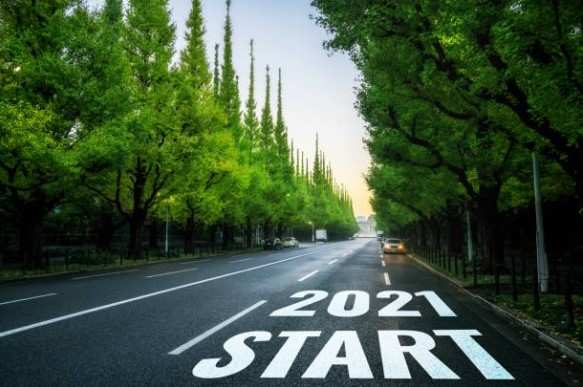
By Vinay Raghunath
A rear-view assessment of India’s automotive sector reveals that it has been facing economic headwinds for the last couple of years. Even before the outbreak of COVID-19 in 2020, there was palpable distress within the automotive industry. All aspects of the industry were severely affected, from the shop floor to retail. While many had hoped for a recovery, the spread of COVID-19 compounded the woes of the sector.
The automotive market was facing disruptions from all ends. Various aspects of the future of mobility (electric vehicles, connected car and new ownership models, shared mobility) have caused and would continue to cause great market disruptions. With the challenge of a global pandemic added to this mix, the industry had to take drastic steps to ensure its survival.
In the space of the last two quarters, the Indian automotive industry has witnessed a V-shaped recovery, quite different from previous recoveries which were spread over two-three years. Personal mobility demand rebounded quickly after the “unlock” phases, as consumers preferred self-owned vehicles to ensure social distancing and reduce dependence on a weak public transport system.
Also, the demand for vehicles during the COVID-19 pandemic overcame macro challenges like vehicle and fuel price hikes, weak job data and GDP shrinkage.
Data suggests that car sales were among some of the businesses that strongly resisted the gravitational pull of online buying, before the pandemic.~
In November 2020, domestic passenger vehicle industry volumes grew 9% YoY (the SUV segment shined) and 2Ws by 15% YoY. Growth in the sales of M&HCV trucks also gathered pace.
Keeping pace with the growing digitalisation, the automotive sector in India has undergone a dramatic transformation. Even though the sales process has remained the same, the number of customers visiting showrooms increased. Data suggests that car sales were among some of the businesses that strongly resisted the gravitational pull of online buying, before the pandemic.
The general trend was that consumers browsed vehicles online and then visited brick-and-mortar dealerships to make the final purchase. However, the multiple lockdowns and stay-at-home orders brought an overnight shift in customer behaviour.
Moving parallelly with the challenges brought by COVID-19, innovative and forward-thinking dealers deployed digital tools extensively. By the second week of the lockdown, some suppliers had accelerated product development and scaled up operations to accommodate remote working.
The 2021 outlook is that of growth

There are plenty of reasons for concern, as well as optimism. The auto industry was already facing financial headwinds before the pandemic, and the impact of COVID-19 has only accelerated many of those concerns.
In the short-term, the automotive companies like those in other industries fear the unforeseen effects of the second wave of COVID-19. The industry will require government help in the form of reforms and incentives.
Apart from the recuperating measures that the automotive industry will take to revive itself back to its phase of growth, the times also demand government reforms.
The government has announced an outlay of INR 75,000 crore for automobiles and components (including batteries) under the newly-announced Production-Linked Incentive (PLI) scheme. Given that automobiles account for more than 40% of India’s manufacturing GDP, the scheme aims to accelerate domestic manufacturing. The PLI scheme could be the catalyst required to boost OEM exports and help in the long term by safeguarding India’s future.
Over the last couple of years, the government has intended to bring about and help the PV industry’s electrification in India. While the adoption of electric cars is at a nascent stage, India is well-positioned to capitalise on the 2W electric adoption both in the domestic and the global markets. India’s domestic demand accounts for nearly 25% of the global 2W market. Hence, India’s 2W industry can develop sufficient scale to manufacture electric vehicles for the domestic market, and subsequently establish their exports.
India has demonstrated leadership in the compact car and SUV segments globally. The stage is set for Indian 2W manufacturers to create a global electric product which is affordable and efficient.
A well-directed scrappage policy could help provide impetus to accelerate commercial vehicle sales. The government’s renewed commitment to the National Infrastructure Pipeline (INR 102 lakh crore and 6,500 projects across sectors) bodes well to revive the CV segment. Already green shoots are being witnessed in the mining (M&HCV) and e-commerce (LCV) sectors.
In conclusion, the automotive industry, by working in unison with the government policies, can create for it a growth path.
(The author is a partner in Performance Improvement Advisory and leader for the automotive sector for EY in India .)
(DISCLAIMER: The views expressed are solely of the author and ETAuto.com does not necessarily subscribe to it. ETAuto.com shall not be responsible for any damage caused to any person/organisation directly or indirectly.)















